A digital sanctuary where woman and non binary humans from all walks of life could come together to find solace, support, and sisterhood.

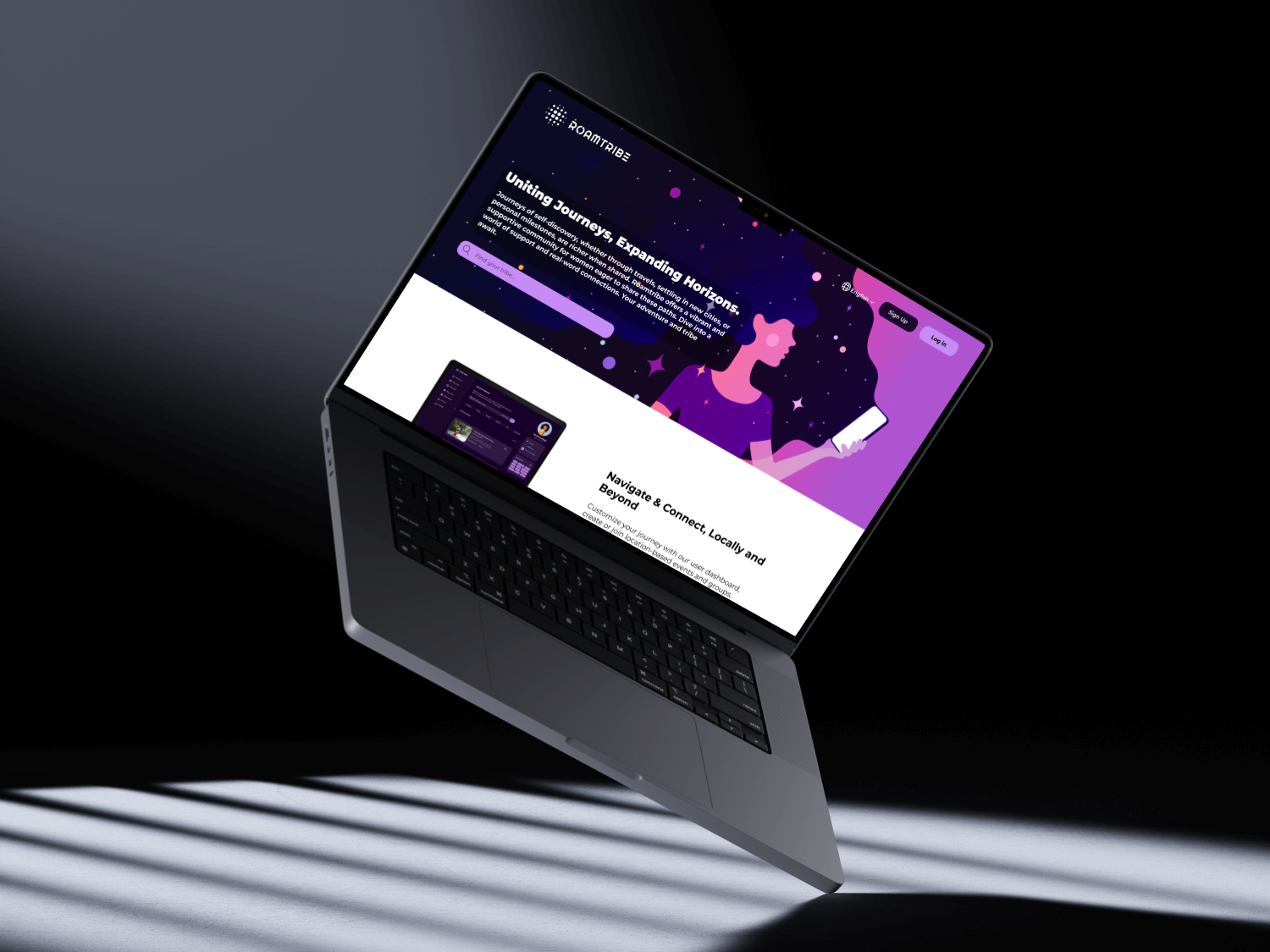
You find yourself in a new city, surrounded by unfamiliar faces and unfamiliar streets. Perhaps it's not your first time navigating a move, but each transition brings its own set of challenges and uncertainties. For me, it was a series of domestic and international moves that led me to this realization: Starting over is isolating and daunting!
Like many others in my situation, I turned to technology in search of connection. I tried everything from dating apps to social media platforms, hoping to find a community of like-minded individuals who understood the unique journey of starting anew.
But as I scoured the internet, I came up empty-handed. Sure, there were apps for mothers and groups for women who traveled, but nothing quite captured the essence of what I was searching for, a space where women navigating life's transitions could come together to support and uplift one another.
Then, it hit me: What if there was a meetup-style platform specifically designed for women like me? A place where we could come together to share stories, swap tips, and forge friendships without the pressure of romantic expectations. And so, the idea for Roamtribe was born.
— A digital sanctuary where woman and non binary humans from all walks of life could come together to find solace, support, and sisterhood. It's more than just a social media platform; it's a lifeline for those navigating the twists and turns of life's journey.
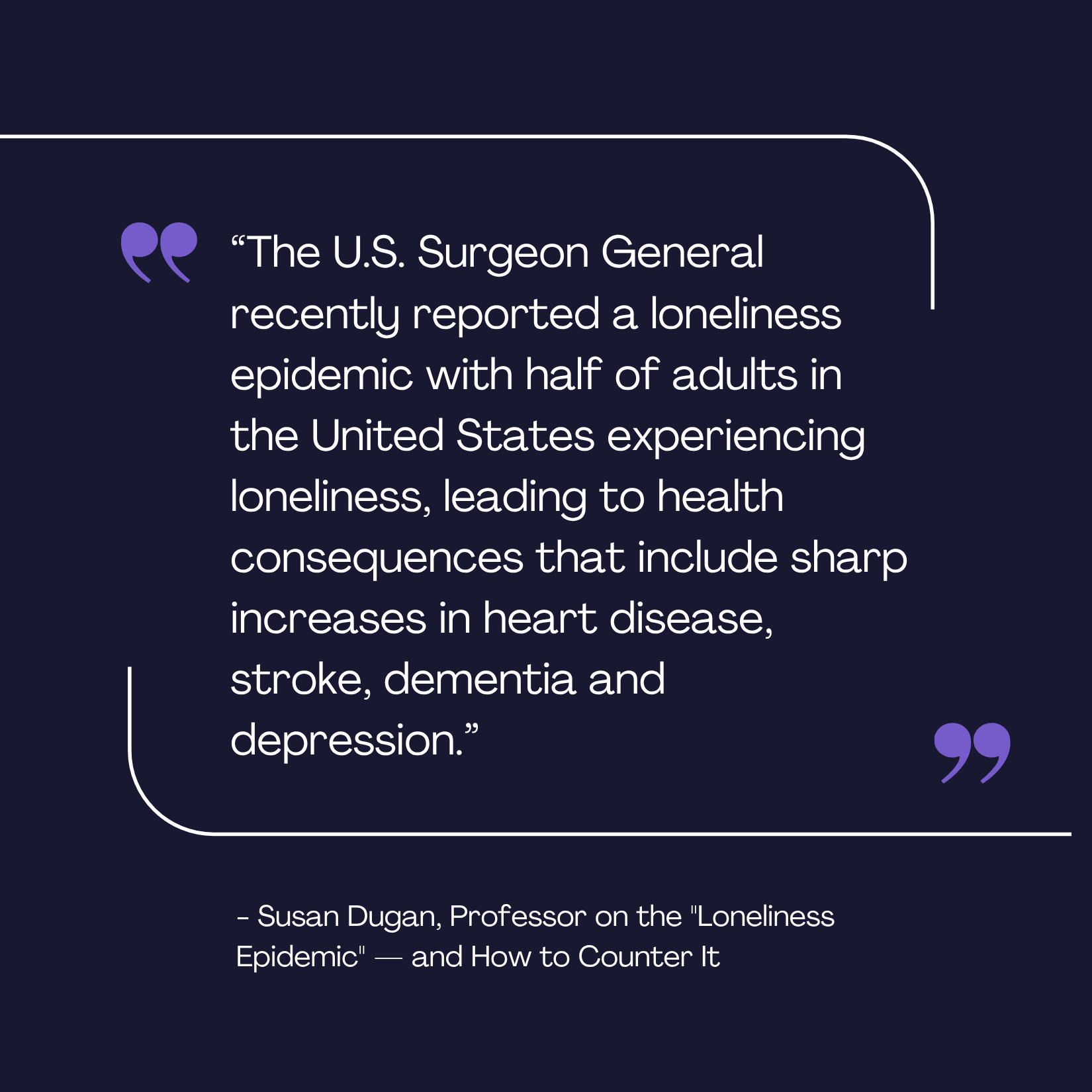


.png)
I conducted in-depth interviews with five participants and conducted a survey with 20 people.
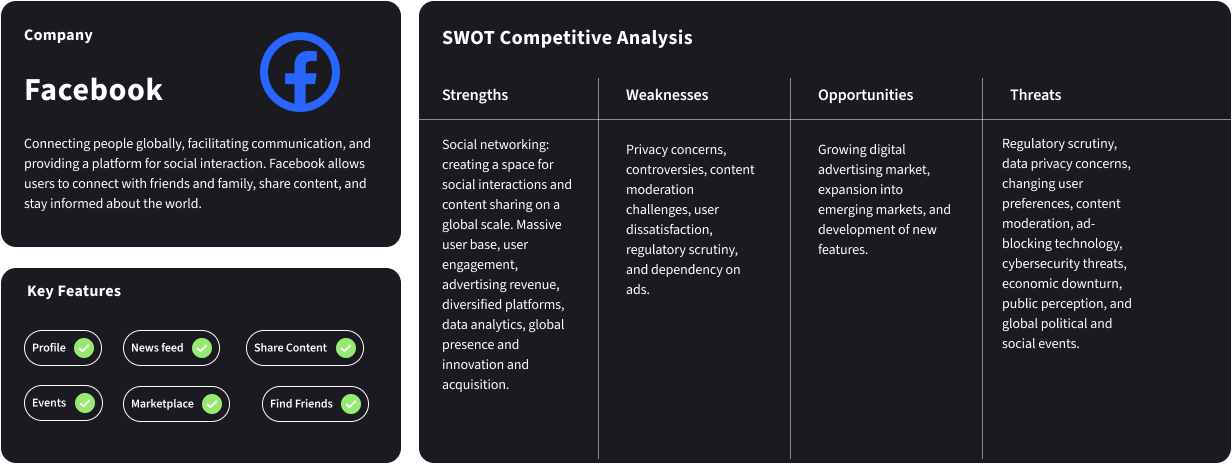
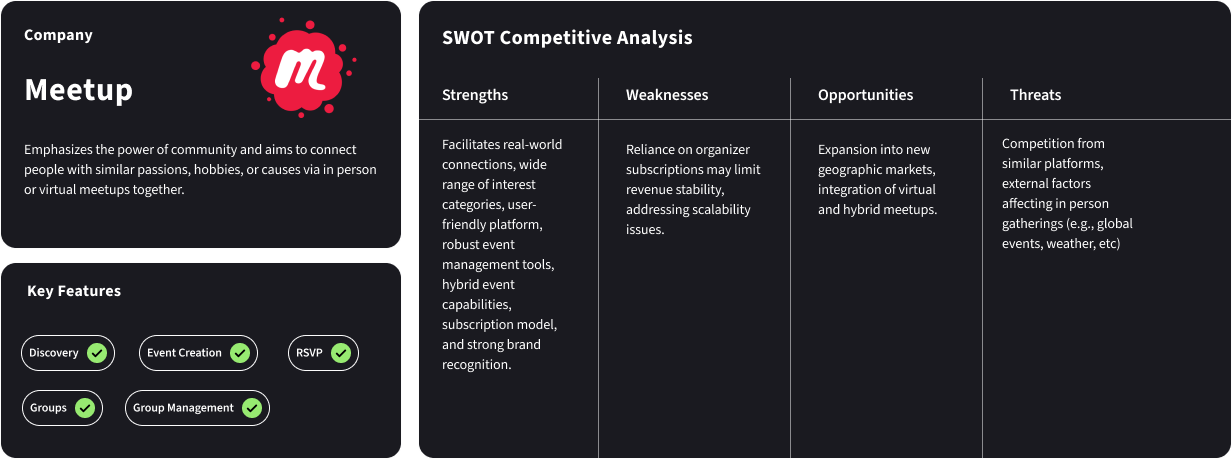
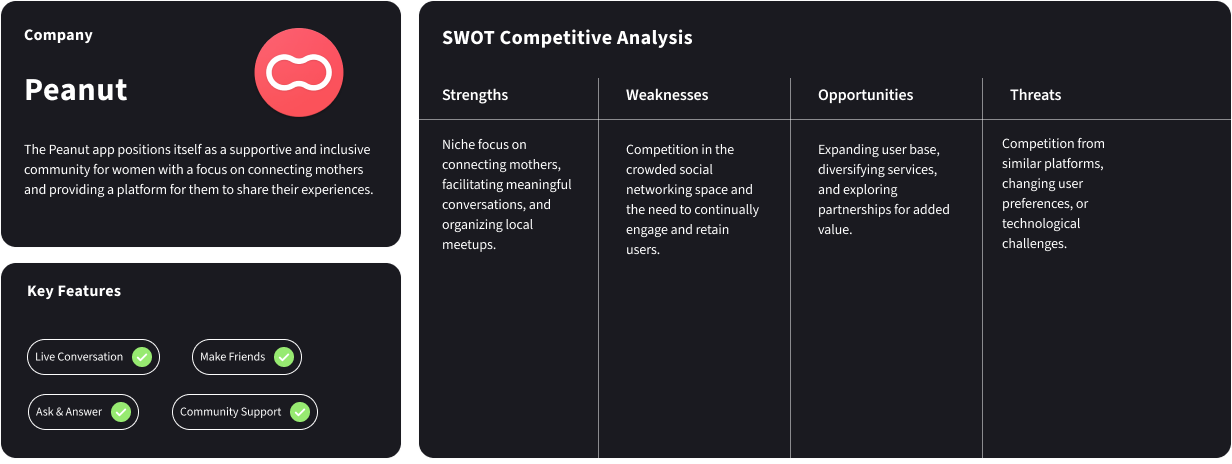
While participants relocated seeking lifestyle improvements, they faced significant social connection challenges and used platforms like Facebook and Instagram for community engagement and item exchanges.
Most important takeaway: A key insight from our research is that the majority of participants experienced difficulty meeting new people and forming connections in their new locations. Many turned to social platforms like Facebook to overcome these barriers, using them to connect with others, buy, sell, or swap second-hand items as part of the downsizing process or to furnish their new homes. This underscores the need for solutions that help people foster meaningful relationships and create a sense of community in new environments.
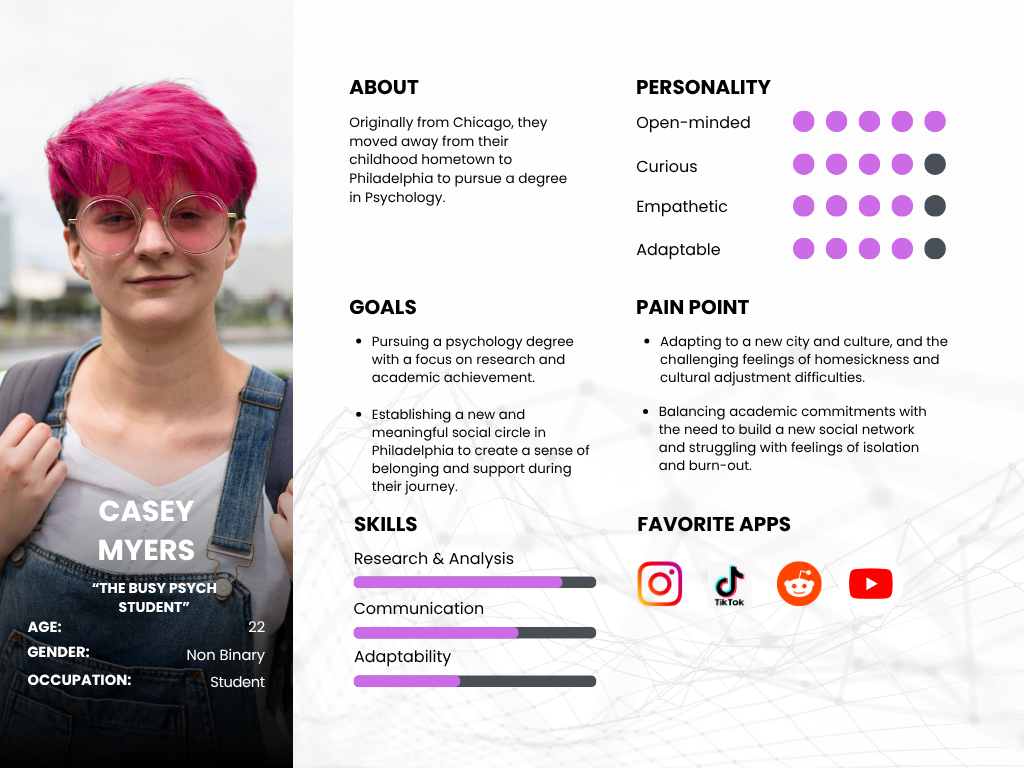
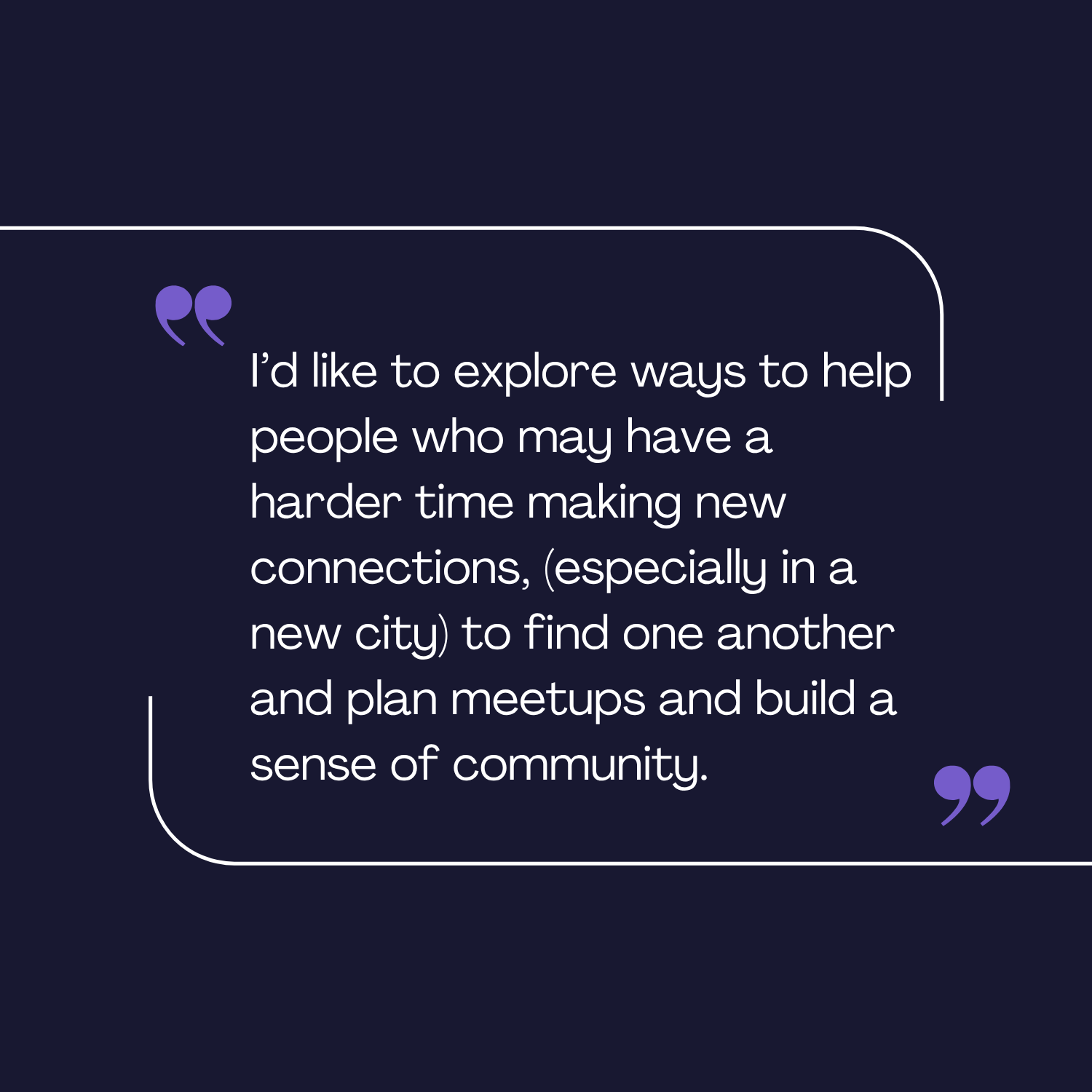
Brainstorming
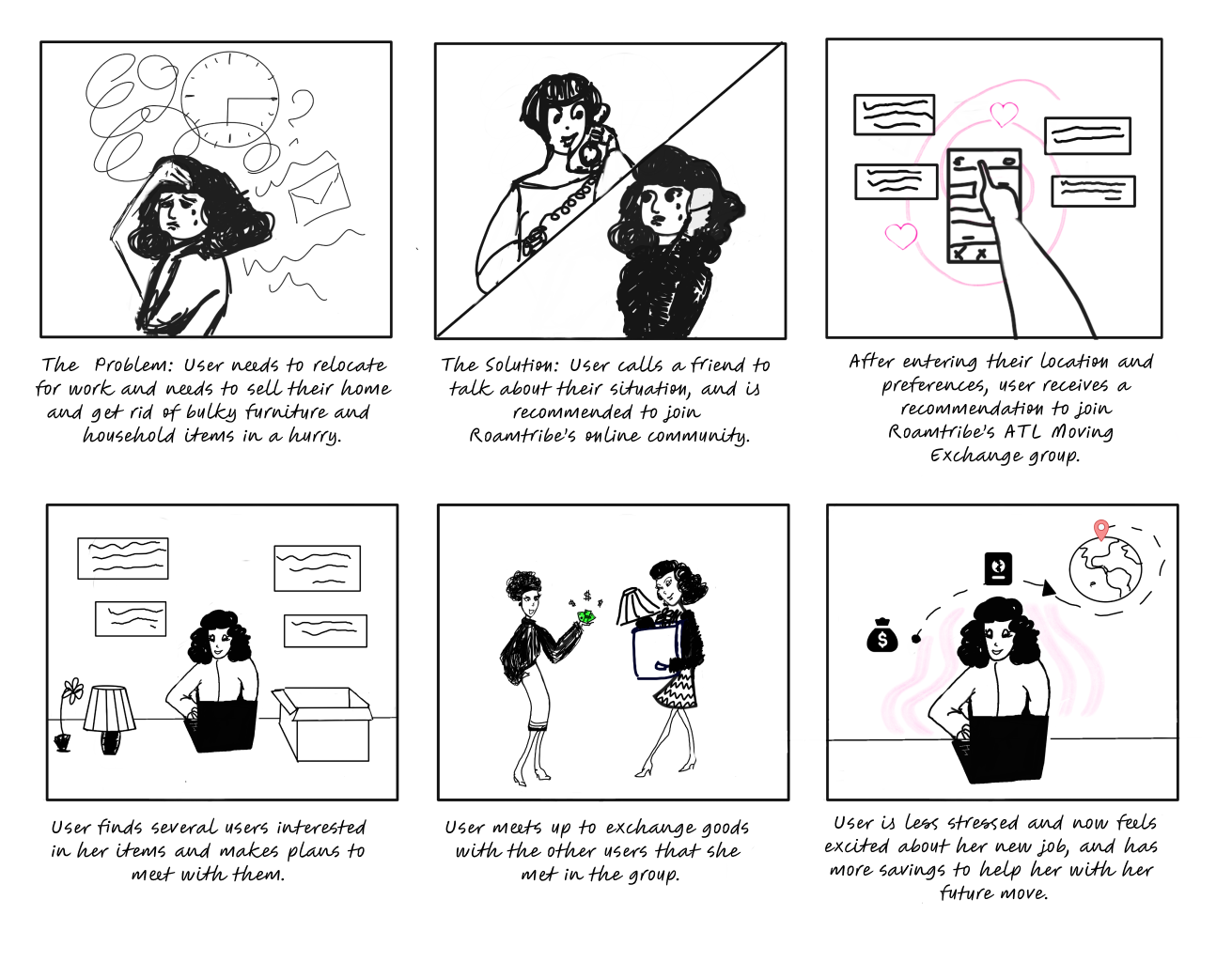
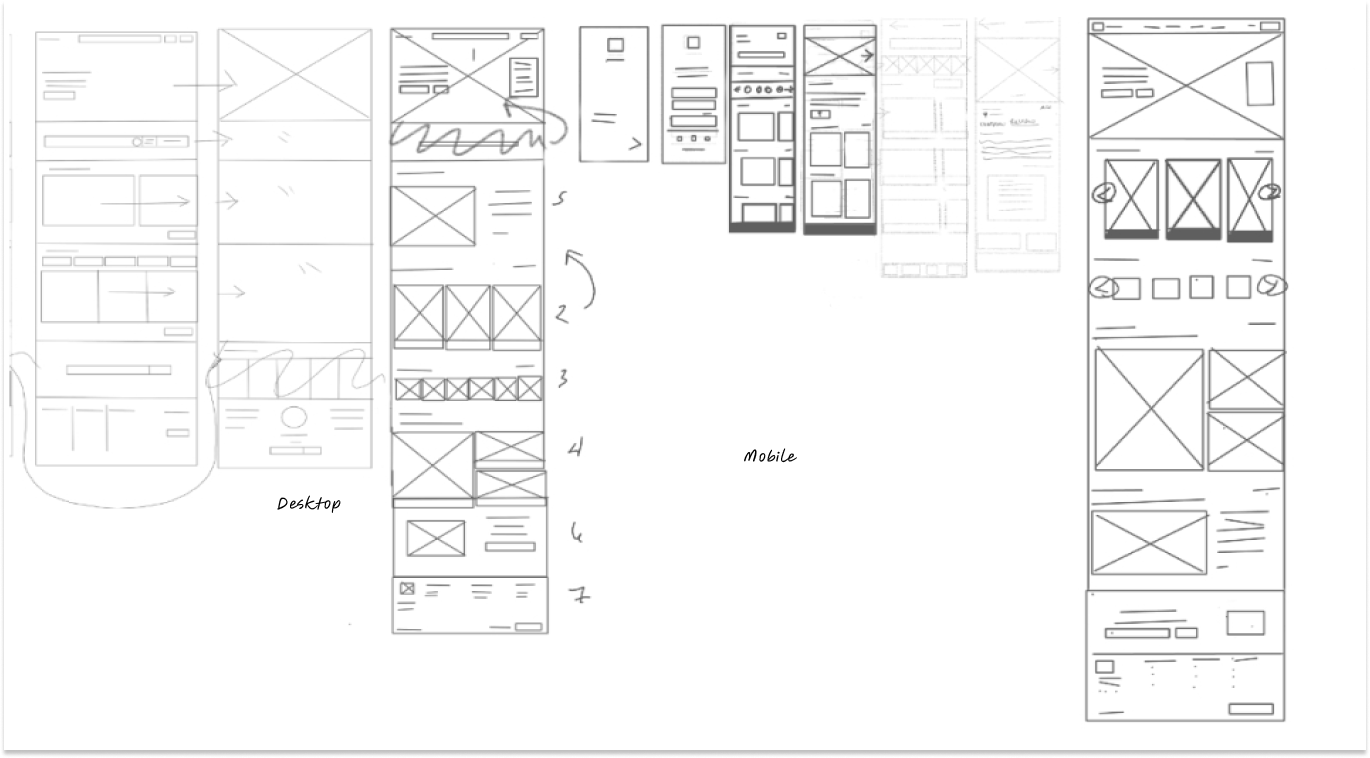
Sitemap
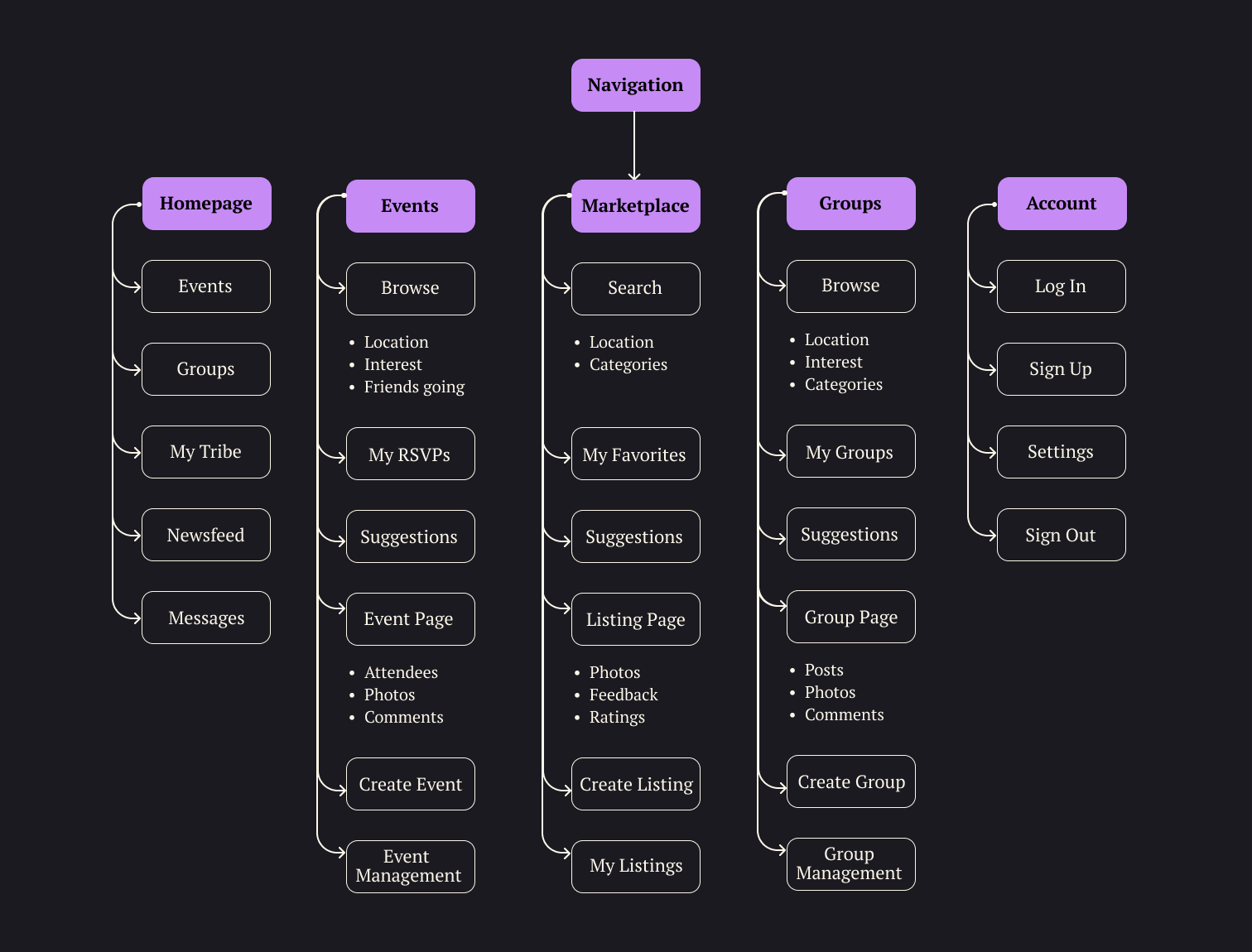
Moodboard
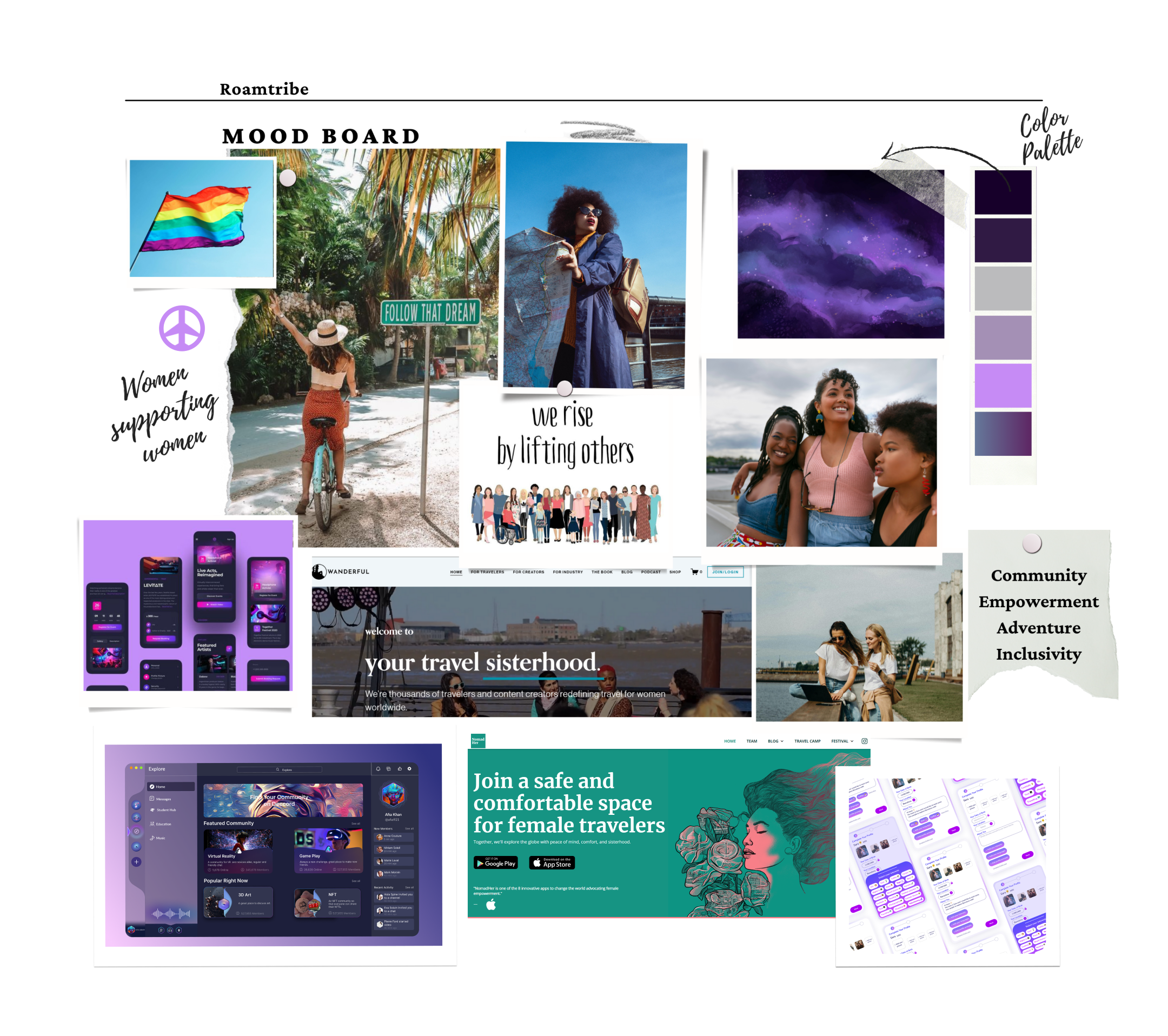
Typography
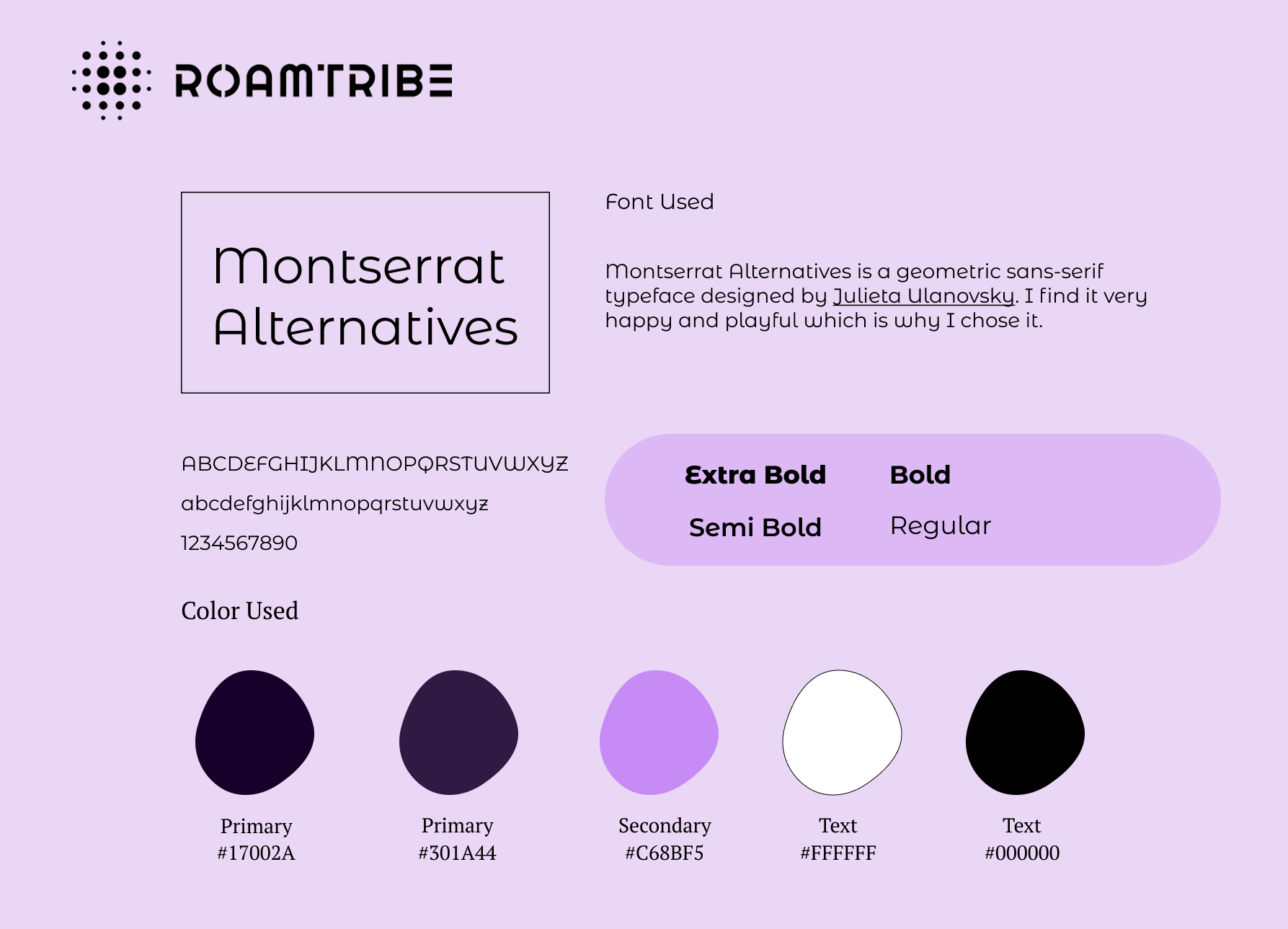
Low-Fidelity Wireframes
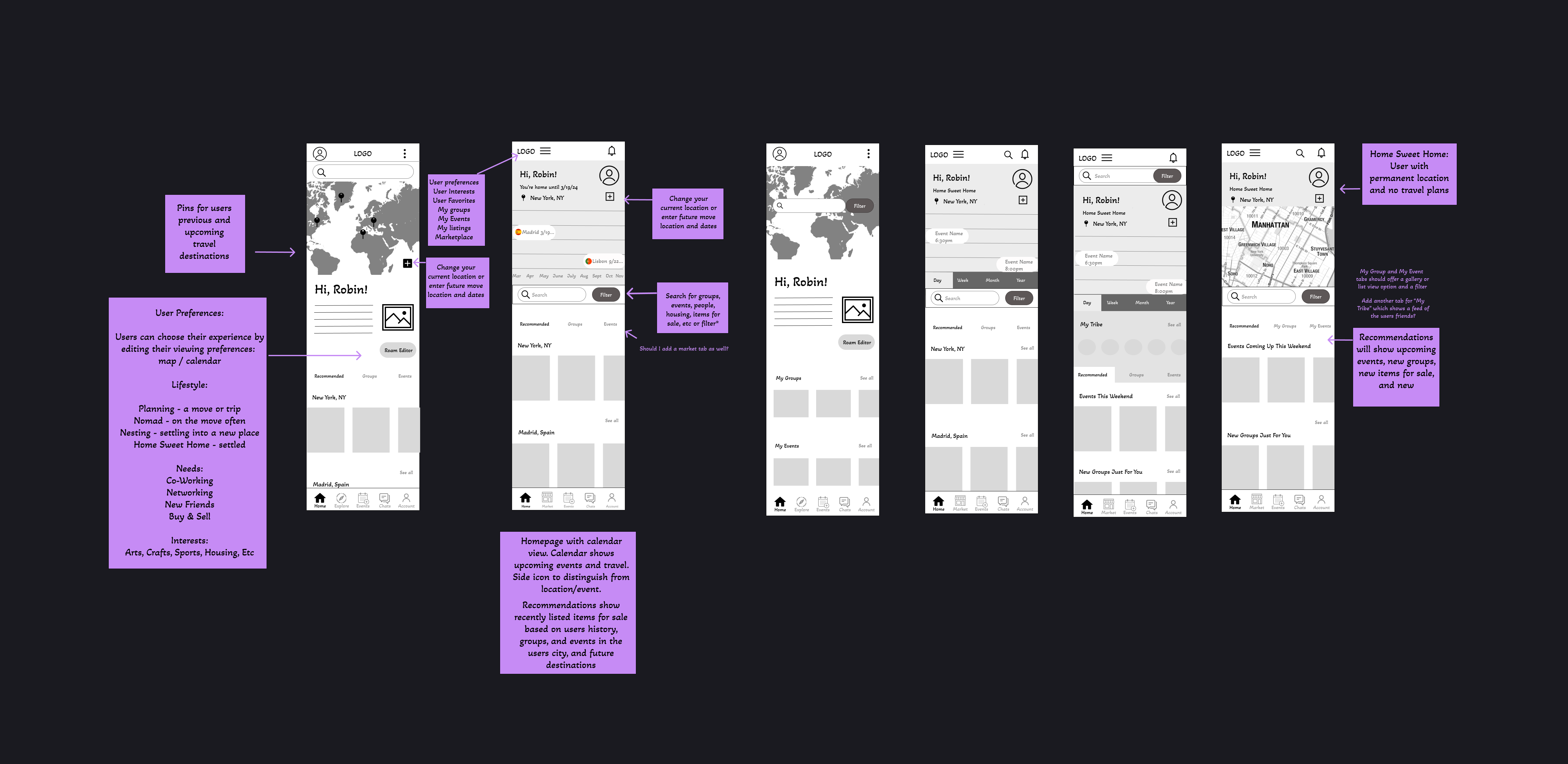
High Fidelity Wireframes
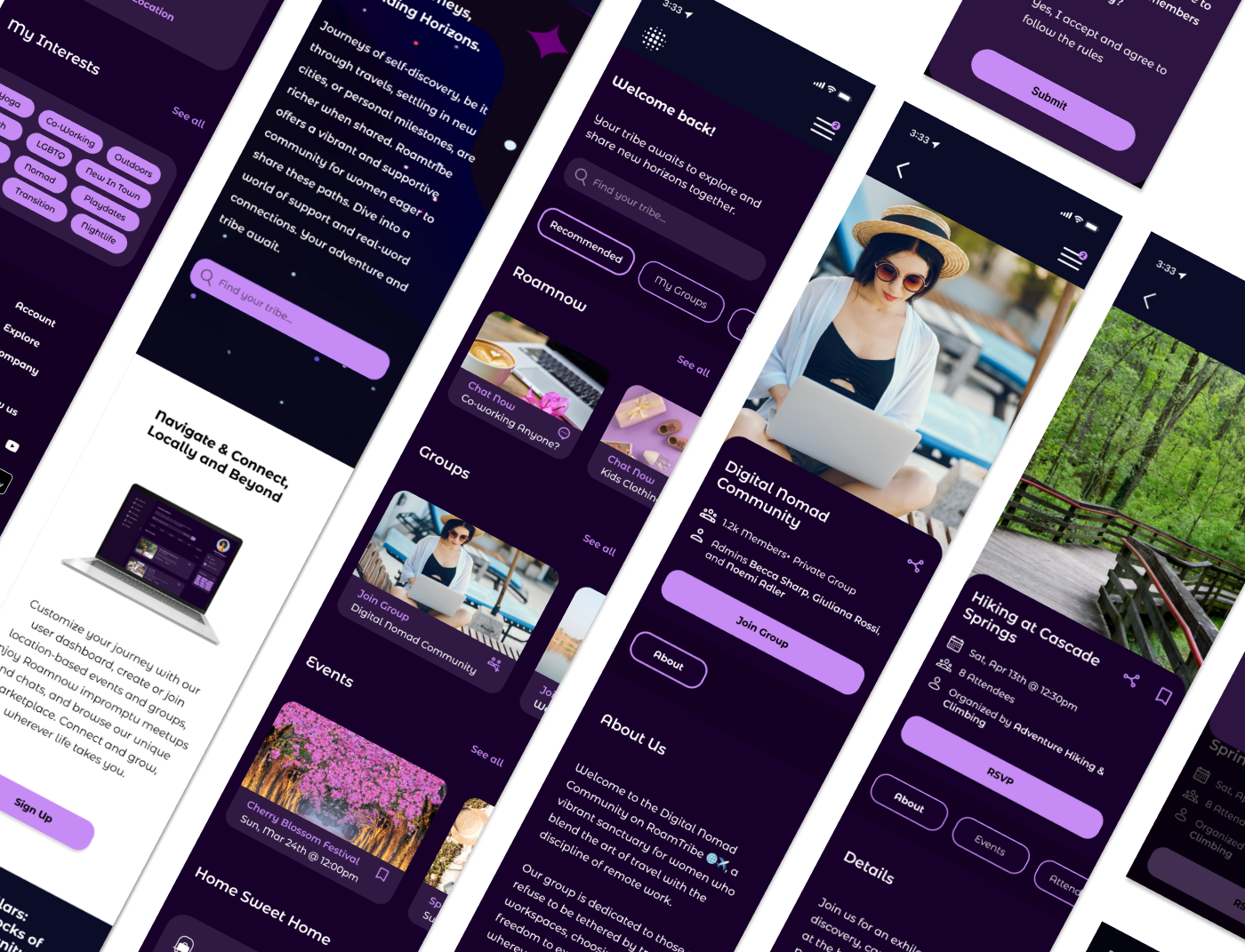
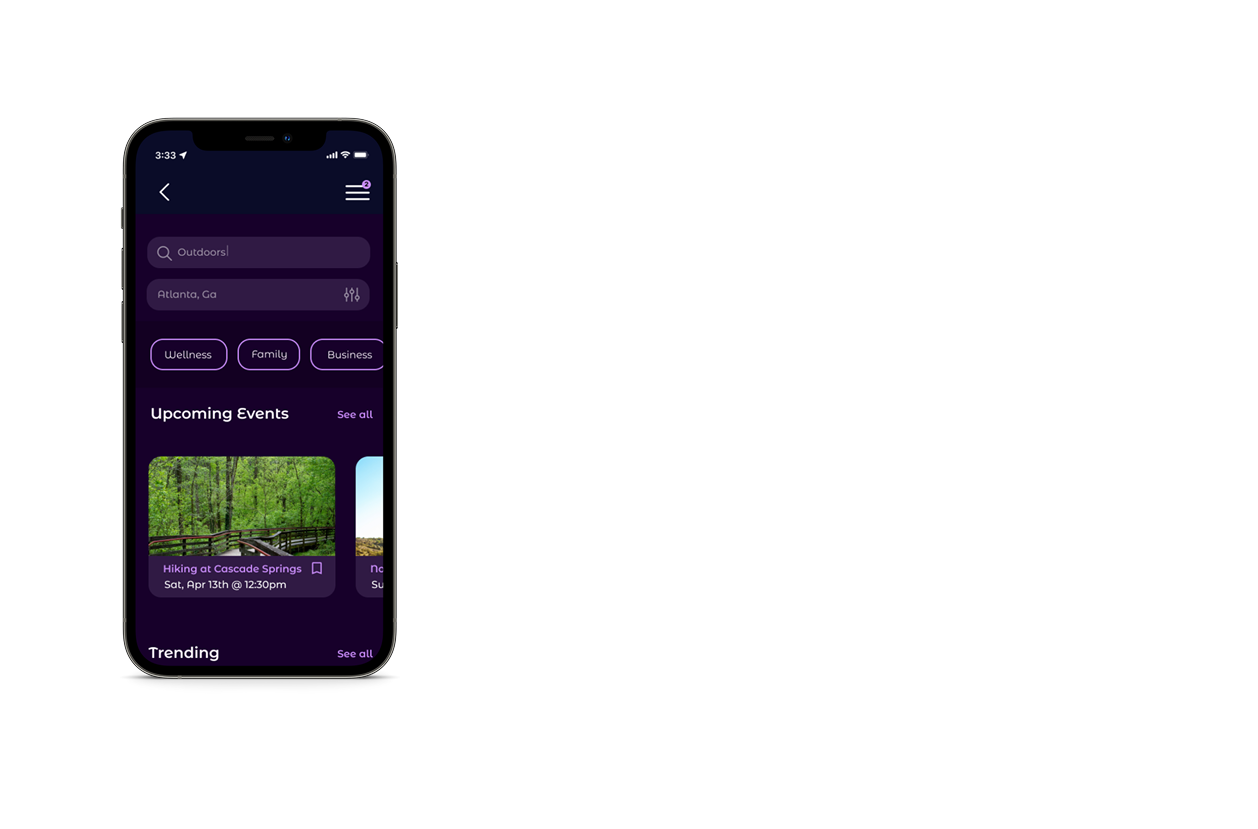
Prototyping


Usability Testing

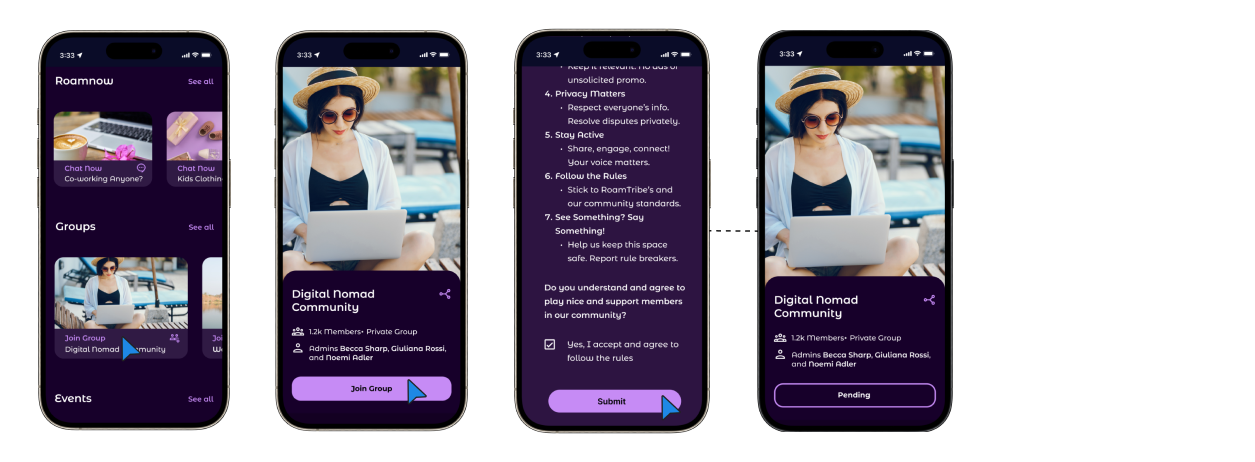
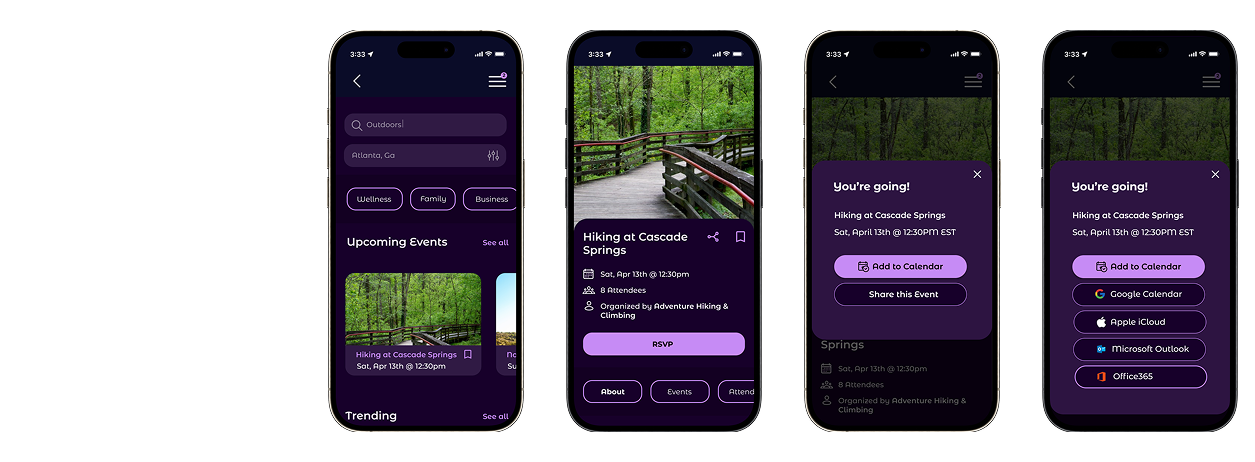
Analysis
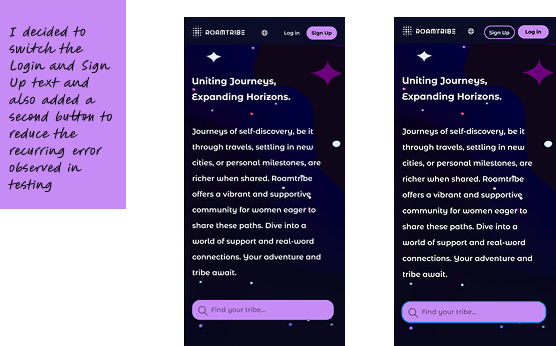
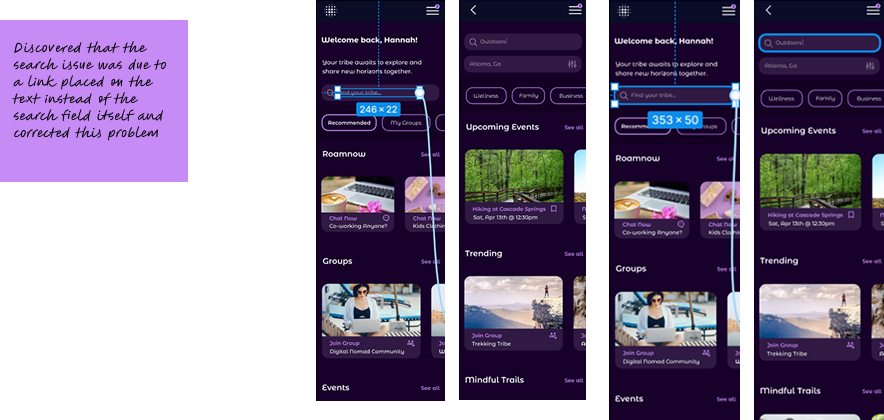
I iterated the placement and wording of the "Sign Up" and "Login" buttons to clarify their actions and reduce confusion during usability testing on the Roamtribe platform. I also corrected the link error on the search navigation bar.
Looking back, I would have loved to delve deeper into testing one of our most unique features: Roamnow. Its uniqueness sets us apart from similar platforms, and exploring its potential further in testing could have unlocked even more magic. Additionally, I would have prioritized testing the onboarding process more extensively. This crucial step allows users to customize their experience from the start, and refining it further could have ensured an even smoother and more personalized journey for every person.
Key Takeaways

